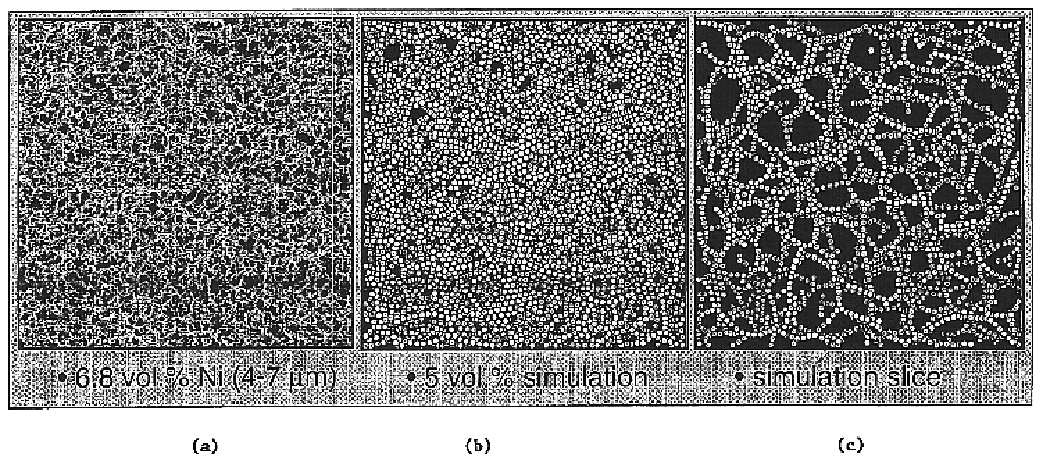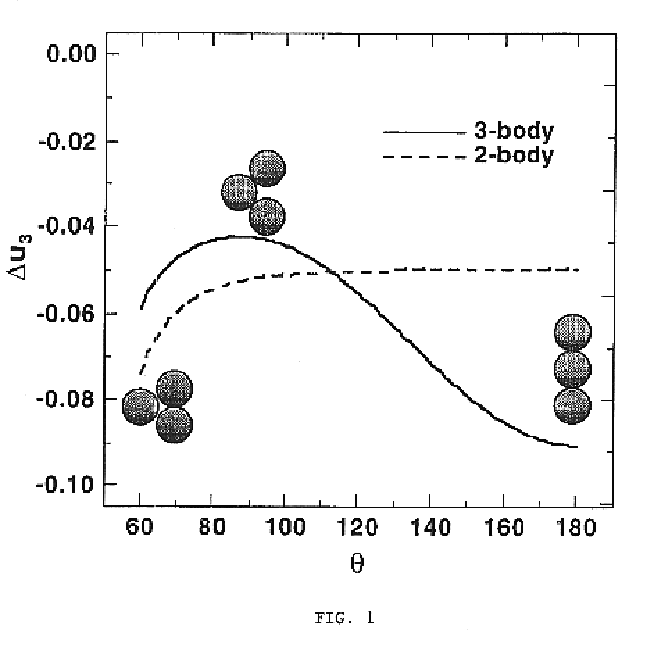Method of using triaxial magnetic fields for making particle structures
- Summary
- Abstract
- Description
- Claims
- Application Information
AI Technical Summary
Benefits of technology
Problems solved by technology
Method used
Image
Examples
examples
Example: A suspension of 4-micron Ni particles in silicone oil was subjected to a rotating field at a frequency of 200 Hz. The rms amplitude of each of the component magnetic fields was 100 Oe. When a dc field was applied normal to the rotating field plane, the suspension formed hydrodynamic vortices. The rotational frequency of the vortices was controlled over a wide range by adjusting the magnitude of the dc field. The dc field was varied from 50 Oe to 200 Oe.
Example: A suspension of 4-micron Ni particles in polyester resin was subjected to a rotating field at a frequency of 200 Hz. The rms amplitude of each of the component magnetic fields was 100 Oe. When an ac field at 400 Hz and 100 Oe was applied normal to the rotating field plane, the suspension formed a particle gel structure that was fixed by the polymerizing resin.
Example: A suspension of 4-micron Ni particles in polyester resin was subjected to a biaxial field with one component at 200 Hz and the other at 400 Hz. The rms...
PUM
| Property | Measurement | Unit |
|---|---|---|
| incommensurate frequencies | aaaaa | aaaaa |
| frequency | aaaaa | aaaaa |
| diameter | aaaaa | aaaaa |
Abstract
Description
Claims
Application Information
 Login to View More
Login to View More - R&D
- Intellectual Property
- Life Sciences
- Materials
- Tech Scout
- Unparalleled Data Quality
- Higher Quality Content
- 60% Fewer Hallucinations
Browse by: Latest US Patents, China's latest patents, Technical Efficacy Thesaurus, Application Domain, Technology Topic, Popular Technical Reports.
© 2025 PatSnap. All rights reserved.Legal|Privacy policy|Modern Slavery Act Transparency Statement|Sitemap|About US| Contact US: help@patsnap.com



